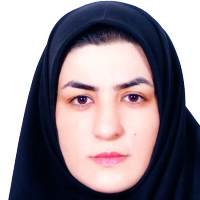The balance of the urban system approach to land use planning lorestan province
Spatial distribution of population in the world, especially in developing countries, an imbalance in the network deployment and utilization of land resources shows This imbalance has intensified in recent decades And different countries, each according to its own solutions for the balance of the urban network and follow the lines chosen for their future development In Iran, like many other developing countries, the urban network in recent decades followed the pace of socioeconomic change more or less variable changed And various forms has to offer. The purpose of this study was to examine the structure of the urban network tries years 1375-1390. The research method employed Is analytical Data from the state and library resources and census data for statistical analysis of the first indicators of urban decentralization and urban hierarchy model is used The results show that the city of the province has been a relatively balanced distribution However, if such a balance will continue to suffer from major cities to small towns are small-scale and provide adequate space for current and future generations So that the first city from 1375 to 1390 has been gradually increasing score But despite the increase in the first town in the province, as the first city to city within the city of Khorramabad II (Borjerd) was and still more the first city in the province is the city.
-
Locating cultural centers in Khorram Abad using geographic information system
Amir Hoseinian Rad *, Hekmat Amiri,
Journal of Geography and Human Relations, -
ssessment component of urban resilience against natural shocks (Case Study: Cirrus neighborhood District 12 of Tehran)
Yaghob Abdali, Esmaeil Najafi, *, Alireza Sadeghi
Quarterly of Geography (Regional Planing),


